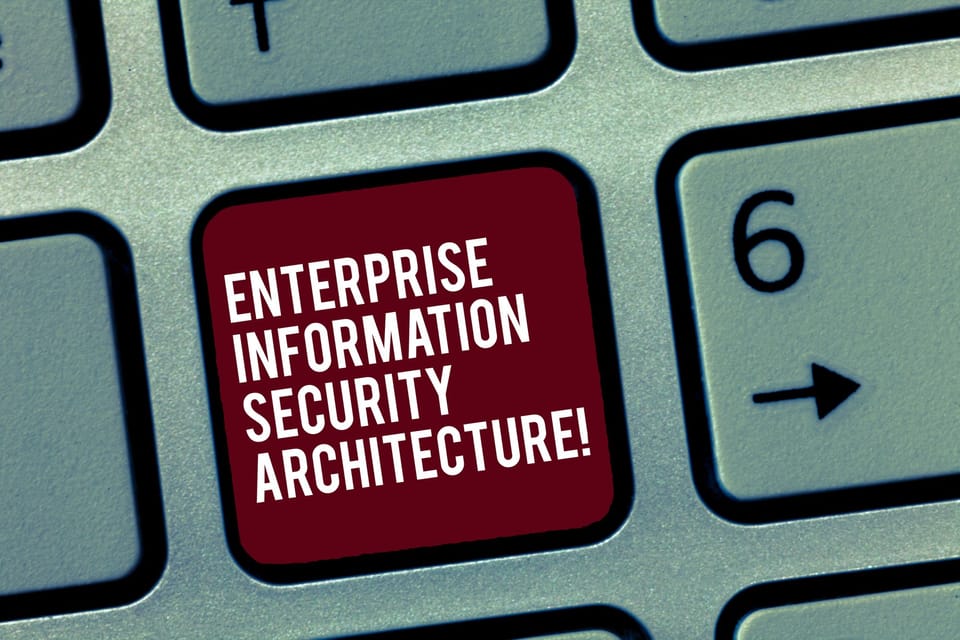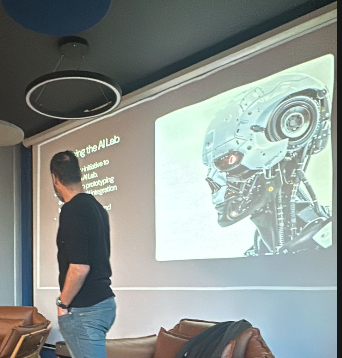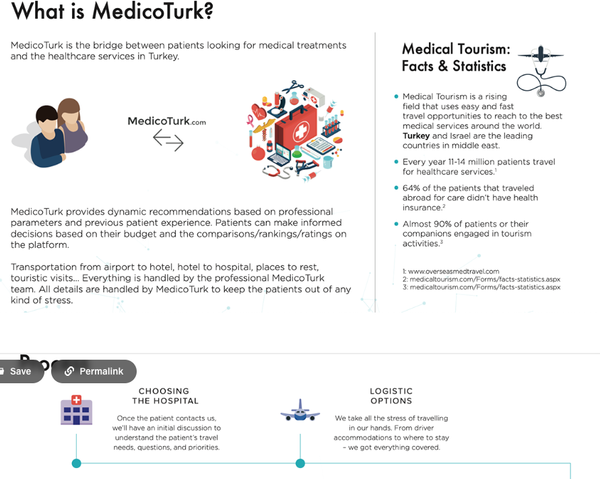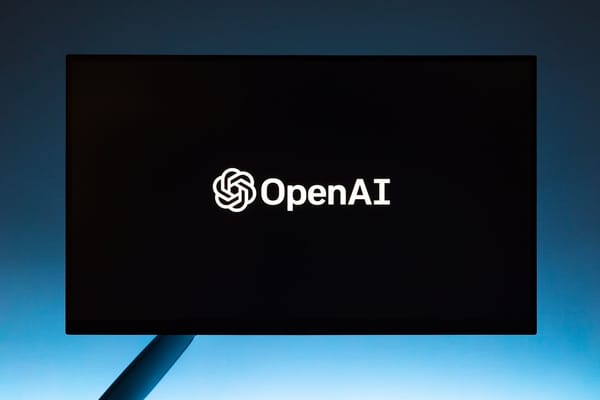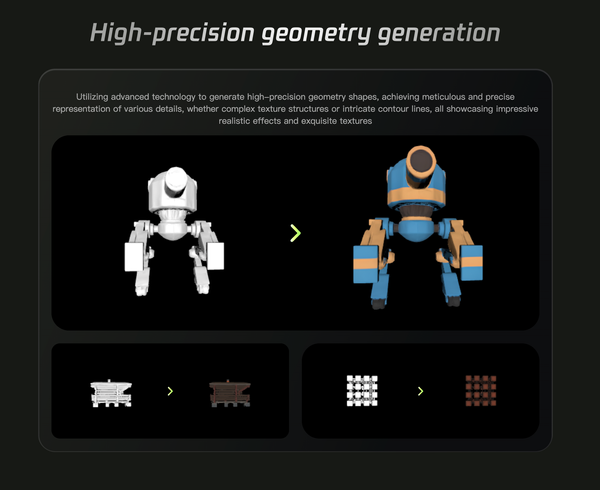7 Keys To Strong Enterprise Security Architecture
Are You Truly Ready to Put Your Mobile or Web App to the Test?
Don`t just assume your app works—ensure it`s flawless, secure, and user-friendly with expert testing. 🚀
Why Third-Party Testing is Essential for Your Application and Website?We are ready to test, evaluate and report your app, ERP system, or customer/ patients workflow
With a detailed report about all findings
Contact us nowTable of Content
Now more than ever, companies should understand the significance of taking proper security measures because cyberattacks are a lot more common these days. In addition, hackers are constantly evolving by thinking of innovative and complicated ways to access crucial company data. Because of this, there's a need to implement comprehensive and dependable enterprise security architecture. Only with such a security system in place can you have peace of mind that your company has extra protection against external attacks.
The process of implementing a solid enterprise security architecture isn't a walk in the park. But despite that, it still needs to be done because this preventive measure helps ensure you're always one step ahead, thereby avoiding a possible breach. Read on to learn more about enterprise security architecture and the essential elements that would help strengthen it.
What Is Enterprise Security Architecture?

There are numerous definitions for enterprise security architecture. However, the best one is that it’s a set of security methods, principles, and models that use existing security technologies to protect your business from cyberattacks and ensure that you're in line with the set company goals. Therefore, security architecture basically means decrypting business requirements into implementable security obligations.
The security architecture framework varies from one organization to another because companies have different needs and objectives. Regardless, it provides the company with the power to organize and implement security policies and processes.
What Are The Keys To Strong Enterprise Security Architecture?
Creating enterprise security architecture is often confusing for the average business owner, that’s why many turn to New York based IT services companies instead. With their assistance, every complexity is taken out of the process because their certified security consultants boast extensive expertise and experience.
With that said, a security expert first needs to understand what makes up a particular system before they can work with it. Doing this is vital to help them better comprehend the company's business goals and processes. It also helps them identify the best way of dealing with a possible attack from cybercriminals. Likewise, they can figure out potential weaknesses and how attackers can manipulate or take advantage of such flaws.
If a security expert thinks your system is an easy target for cyberattacks, they're left no other option but to restructure, redesign, or configure it correctly to minimize the risk of a security breach. Before you request them to do any of those, it’d be best for you to understand the three components that are necessary for any efficient security architecture.
- The People: They're tasked with identifying business drivers and implementing security goals.
- The Processes: These help pinpoint the security principles and systems that best match the business according to the needs assessment.
- The Tools: These have to do with the architectural structure created that matches your company's objectives.
All these components work together to safeguard your company from being another victim of cybercrime. And thanks to them, the enterprise security architecture can assist the management team in ensuring that the whole information technology (IT) sphere is consistent with every decision made. Doing this is necessary because the security architecture should be designed and implemented to reinforce the set company objectives.
In addition to the three main components, the following also contribute to effective enterprise security architecture:
1- Guidance
You should start with identifying the policies and procedures that'll help you design and implement properly. The policies need to mention the documents stating the business strategy, the fundamental purpose of designing the security architecture, policies, and standards, plus the company's rules and regulations. In addition, they should highlight other security elements and the identification of function and scope.
2- Identity Management
This refers to a kind of integrated system comprising policies, technologies, and processes that help users access online applications and network resources. But to ensure that no issue arises, the roles and responsibilities of every employee in the organization need to be clearly stated as part of identity management. Some of the common enterprise security architecture users are:
- Data custodians
- Executive managers
- Internal auditors
- Information security staff
- End-user staff who interact with data and IT applications every day
Those are only some of the user roles in most companies, with particular roles typically being recognized and instituted depending on the granularity level of every job function and the company structure.
3- Inclusion And Exclusion
Enterprise security architecture should protect every element within your company's IT framework. This includes private human resources (HR) data, web resources, e-mail servers, and confidential client information.
The best way to safely protect that broad scope of data and resources is by having a clearly outlined security architecture. This way, you'll know who can access the data and system (inclusions) and those who can't access specific information and systems (exclusions).
4- Access And Border Control
Your company should control access to financial and IT resources through a series of layers, ranging from granular and discrete to broad and general. This is vital to ensure that only a handful of persons within the organization have total access to the system, while others have restricted access.
5- Architecture Validation
Even after the enterprise security architecture has been put in place, it still needs constant monitoring and tweaking if necessary. Doing so is recommended to cope with specific changes such as technological advancement, business growth, and change of employee personnel.
6- Training
For your company's privacy to be guaranteed, it's crucial to have security architecture. However, there are constantly emerging security threats and organizational changes that arise with each passing day, consequently altering the security architecture. Therefore, it becomes necessary for your employees to undergo constant training to help them know the upcoming risks. This way, they can guarantee the safety of the company's assets.
7- Technology
The hardware and software used to make, deploy, manage, and check enterprise security architecture are vital. Because of this, there's a need to constantly change or improve them. This is meant to ensure that the security architecture is always up-to-date, thus doing an excellent job in preserving the privacy and safety of confidential company data.
Takeaway
You need a specialized workforce and enough time to develop a strong enterprise security architecture. However, it's an absolute have to see to it that your network data is adequately safeguarded regardless of whether you run a small, medium, or large company. This way, you won't be vulnerable to a cyberattack that might hinder you from achieving your organization's goals.


